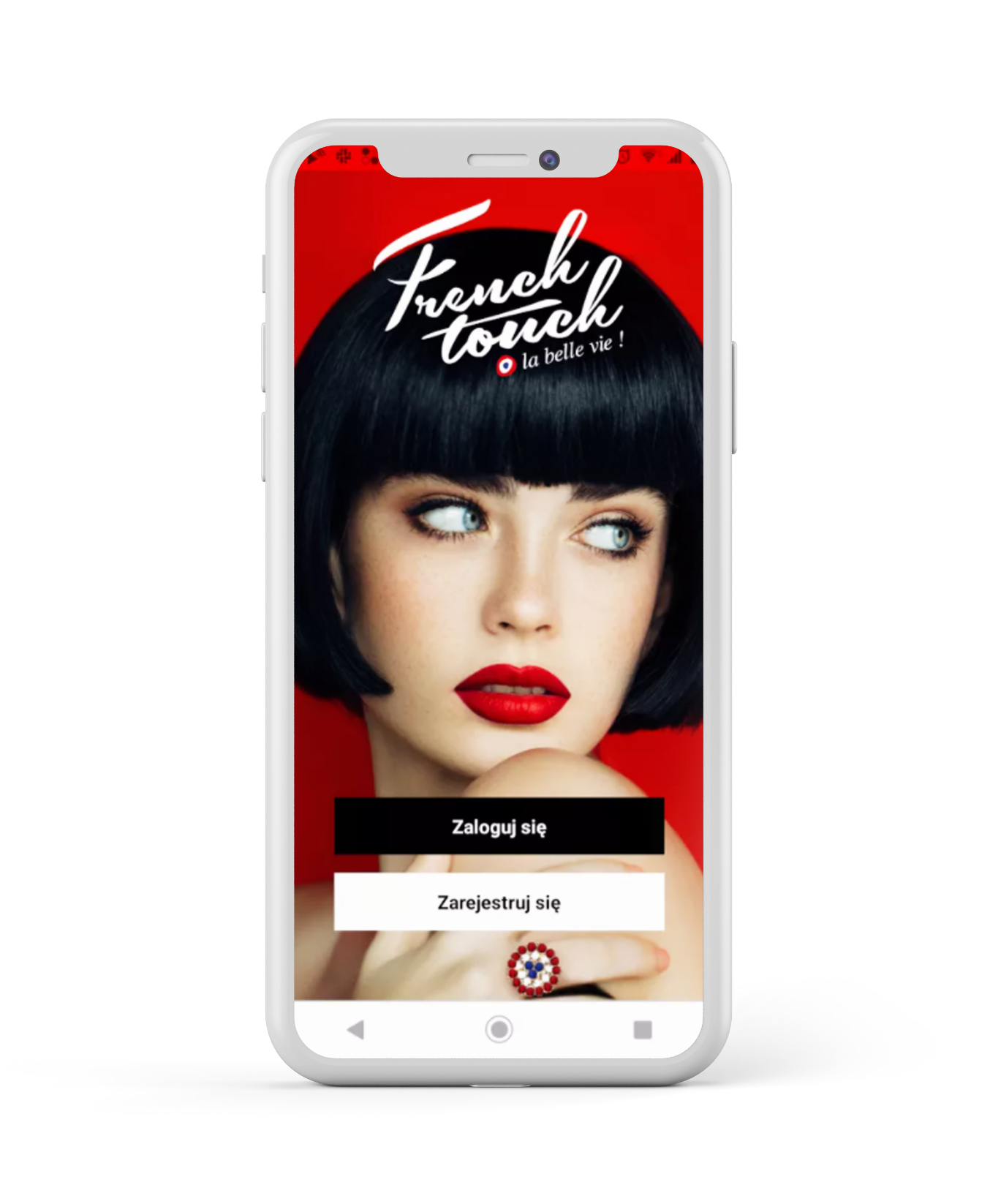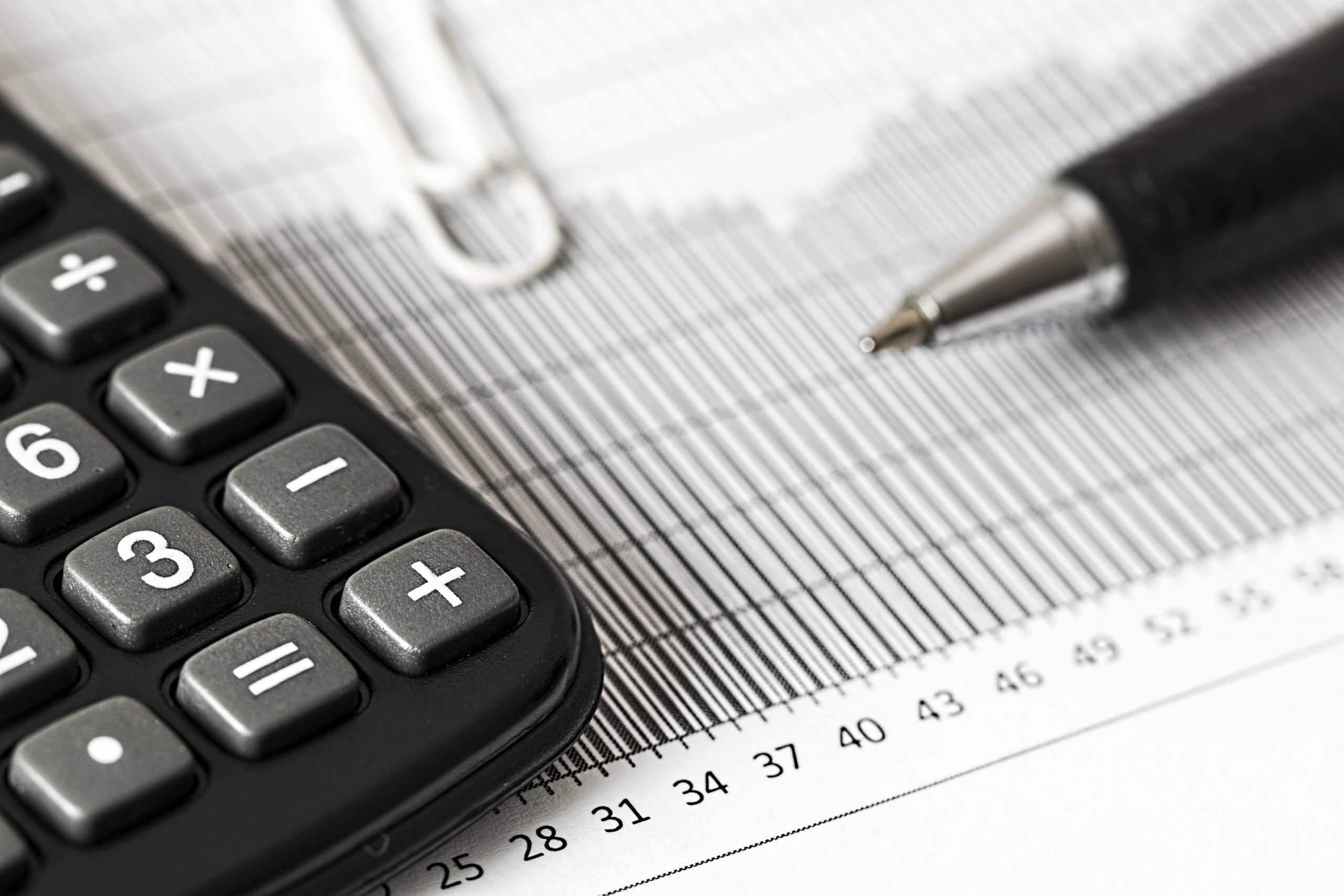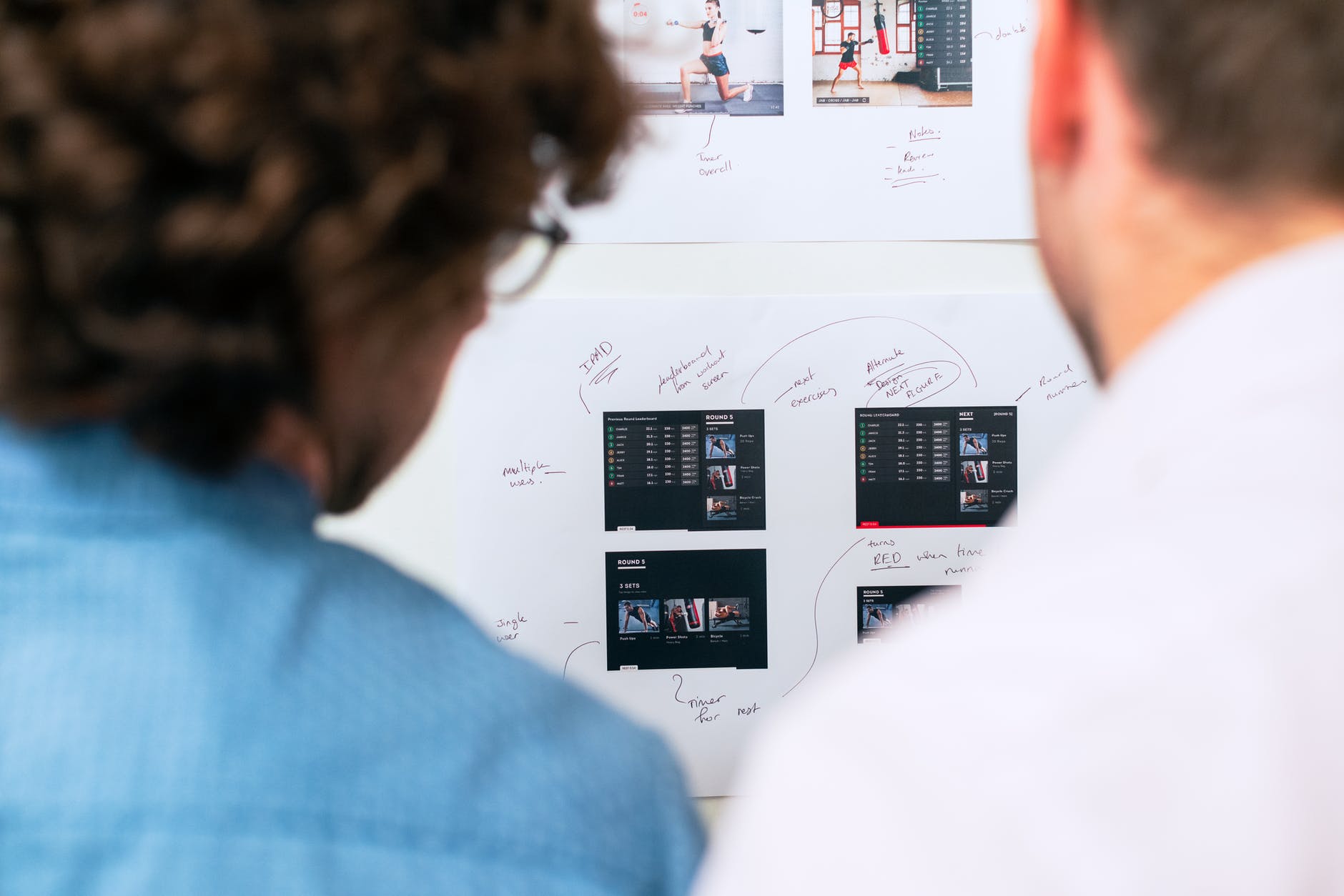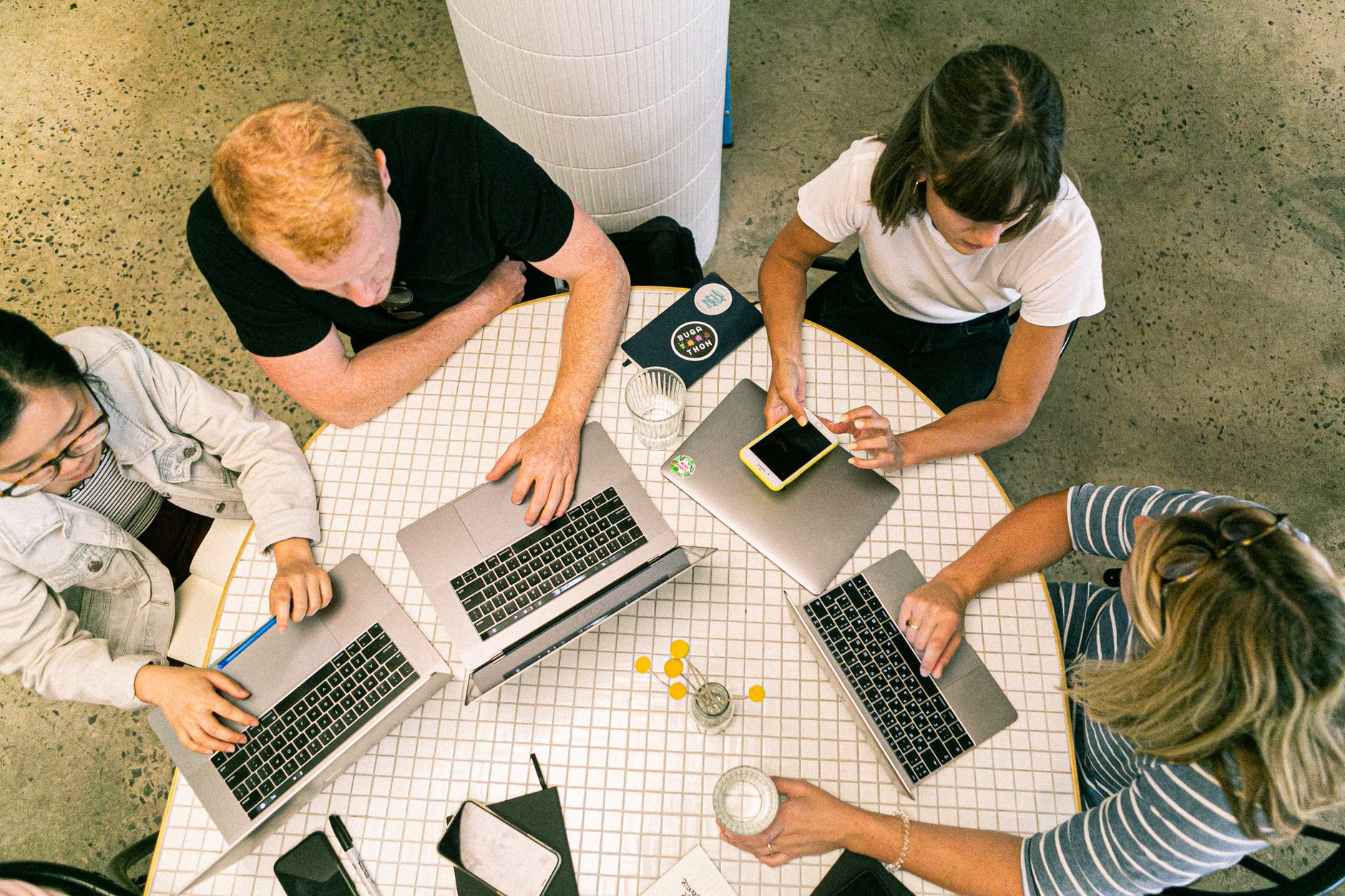Contact us. We are happy to talk about your needs and prepare an offer.

Mobile applications
ImpiCode creates stand-alone Android and iOS mobile apps and terminals for business systems. Our projects are implemented both in native technologies for individual platforms and in hybrid technologies: React Native, Native Script, Xamarin.

Business applications
ImpiCode creates applications which meet various corporate needs. We can help you monitor your employees' work in the field. Our applications facilitate access to data collected in the company from anywhere in the world. We can create a project tailored to your unique needs, reflecting business processes and helping expedite your employees' day-to-day tasks. It can include a built-in extensive reporting panel to easily analyze collected data. ImpiCode provides professional programming support for your business so that you can boost the work of your managers, sales agents, and field workers. Contact us, describe your needs and expectations, and let us come up with a solution.

IoT, smartwatches
It is estimated that several dozen billion devices are currently connected to the Internet. This enormous network includes household appliances, heating devices, lighting, and wearables such as smartwatches. ImpiCode builds advanced solutions also in the rapidly growing field of the Internet of Things.

Startups
Do you have an idea for a new application that will revolutionize the world? We offer professional collaboration deals for startups. ImpiCode will help you make your dream project come true. Our work begins at the analysis and developing stage. We discuss your idea with you and prepare mock-ups of the entire application. Next, we develop and test the app and, if the need arises, suggest appropriate hosting and carry out server work.
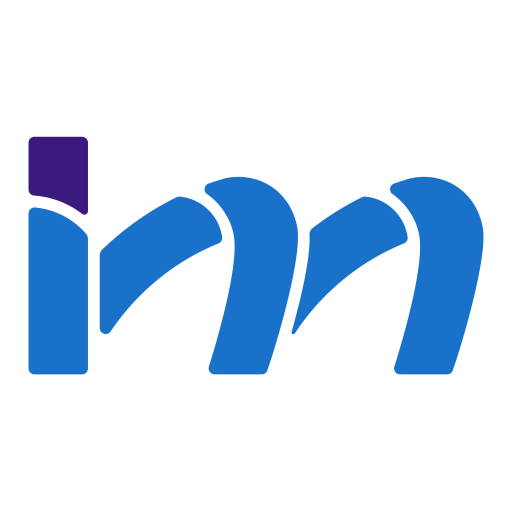
Do you have an idea for an application?
Contact us. We can help you in the following areas:
- designing the application,
- defining the MVP,
- building the application,
- developing back-ends and integration,
- publishing the app in the App Store and Google Play,
- launching the app on the market,
- choosing an appropriate business and monetization model,
- maintenance and development.
Our Clients
How much does it cost to create a mobile application?
In short, the cost of a mobile app depends on the scope of work, which usually includes
- graphic design,
- a number of screens,
- a website managing data collected in the application,
- an administration panel,
- multimedia elements,
- a QR code scanner,
- bar-code support,
- integration with social networks,
- geolocation.

For more relevant things which can increase the cost of creating your mobile app see our article: How much does it cost to create a mobile application?
There are plenty of mobile apps (such as tutorials, manuals, multimedia presentation forms, calendars, planners) for Android and iPhone that can end up costing less than $40 000. Contact us if you are interested in detailed pricing for such an application, if you have a more mature idea of what your app should be, or if you want to create an app using other technologies.
Designing mobile apps
The designing process can be divided into two main parts: features and graphic design. Although both of them are significant factors, graphic design is what attracts people and encourages them to download or buy a given product. That’s why it is so crucial to equally pay attention to these two processes.
Functional design
Once the goals and operation are precisely determined, we move on to the functionality design process. At this stage, developers prepare the entire architecture of the solution. Actions, views, and functions are planned. The mobile application should be designed in such a way as to enable the user to quickly perform a specific task. For this reason, it is worth focusing on the main functionality and limiting all non-essential functions or even abandoning them. The right arrangement of buttons is also a significant factor. Clickable elements should be in areas which can be easily pressed using your thumbs. That’s why designers should ensure simple and understandable navigation to enable users smooth and trouble-free use of the app.
Graphic design
This stage is all about creating the app’s graphic design. The interface should be user-friendly. It is worth choosing colors distinguishing the product from competing solutions. The font should ensure clarity and readability of the text. Besides this, icons and animations are also key factors. They should be touch-enabled and support seamless movement from one function to the next.
Mobile application categories
When publishing an app in the App Store or Google Play, you are required to specify its category. In Google Play, there are thirty-three available categories, while in the App Store there are twenty-four items. Below is a list of the most popular types of mobile applications.
Games
Games are the most common categories of applications in both the App Store and Google Play. There are plenty of different types of games, but most are based on skill and logic. According to research conducted by Statista, there has been an increase in the number of downloaded mobile games over the past few years. What’s more, people are spending more and more on them each year.
Currently, one of the most popular mobile games is PUBG MOBILE. The solution has been on the market since 2018 and in January 2021, the number of downloads exceeded 730 million. The game takes place on a remote island with hundreds of other players. The rules are simple. To win, you have to eliminate the other participants and not get killed, because there can only be one winner. Additionally, in PUBG MOBILE you can play alone or in teams. Other popular games include the Candy Crush Saga, Honor of Kings, and Clash of Cans.
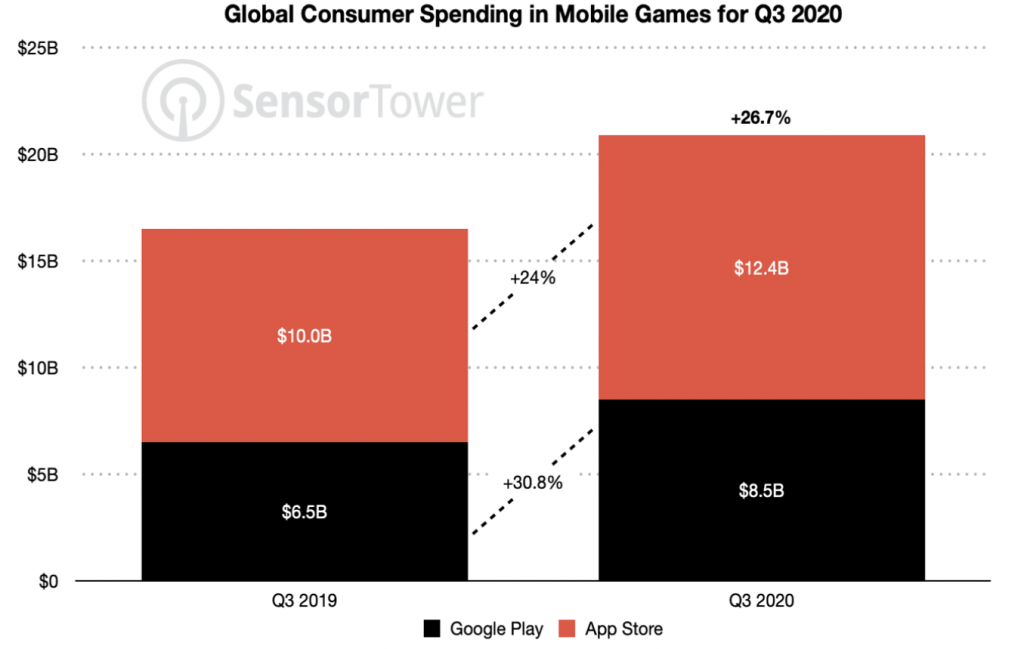
Lifestyle applications
The lifestyle category is broad and covers many areas. These applications help people organize everyday activities related to recreation, fitness, food, communication, and hobbies. This category includes music applications (Spotify, Deezer), solutions supporting traveling (Uber, Bolt), travel planning (Tripadvisor, Airbnb, Kiwi) and ordering meals (DoorDash, Uber Eats, GrubHub), as well as fitness apps (8Fit, Nike Training Club, Adidas Training and Running by Runstactic).
Currently, one of the most popular travel-related applications is Tripadvisor, helping to plan vacations. Besides booking accommodation, the application provides services to purchase airline tickets. In addition, the solution provides all the necessary information on tourist attractions, as well as recommended restaurants. Customer reviews and ratings make it easier for a potential customer to choose the right accommodation, visit interesting places, and find restaurants.
Social media
Social media applications are some of the most downloaded solutions ever because most users want to have constant access to their accounts on smartphones. What’s more, in comparison with other solutions, mobile applications are more convenient to use, as well as have a quicker process of posting photos and videos. The most popular social media platforms are Facebook, Instagram, Pinterest, Twitter, and Snapchat.
In recent years, Instagram has been the most popular platform with the largest number of monthly active users. According to Statista, over a billion people use this solution. They can share photos and videos, as well as follow friends, influencers, and famous people.

Mobile applications increasing efficiency
Mobile apps increasing efficiency help organize and complete tasks. They are often used in project implementation, as well as for self-management. Google Drive and iCloud are examples of such solutions. Thanks to them, users have quick and easy access to documents, spreadsheets, and presentations. Wunderlist and Evernote are also examples of mobile apps increasing efficiency.
Wunderlist is a popular app for creating and managing tasks, as well as planning daily work schedules. Comments, files, and deadlines can be added to each task. The ability to share and co-create task lists together with other users is another major advantage.
Mobile application success factors
The success of the application depends on many factors, including the budget size, time-to-market, and features. Some of them are managed by the creator in cooperation with developers, others depend on the marketing strategy and external factors such as user reviews. Below are the most significant mobile app success factors.
Focus on the main feature
Creating an IT product like mobile apps involves focusing on the main functionality. Customers should easily define the core function of the solution and understand the value of the product. Bear in mind that the application should be intuitive and easy to use. Adding too many features may make it too complicated and scare users away.
Well-designed UI and UX
Above all, the application should be user-friendly. This applies to both the app screens and operations between them. Each screen should be aesthetic and have the same color scheme. Too many features may make it difficult for the user to navigate.
Operations speed
Nobody should be surprised that popular applications are fast. After all, nobody likes to wait and watch content loading. That’s why mobile apps should load quickly and provide smooth transitions between screens. If something must take a little longer to load, it is worth playing an animation while the content is loaded.
Focus on users
Always bear in mind that the application is created for your employees or clients. Constant communication with users and knowledge about their needs is crucial to adapt the product to them. It’s the only way to keep them using the product and increase their involvement. It pays to look through opinions or ratings and interact with the customers. Thanks to such communication, you will understand their opinions and find out what they really need.
Personalization
Every person likes to make their own choices. That’s why users should have the option to customize the app to their preferences. People who value aesthetics appreciate the option to adjust the colors, fonts, or modify the arrangement of elements.
Offline option
Without a connection to the network, all online applications become useless. For this reason, users appreciate applications with offline features, even to a limited extent. A good example is Google Maps. Users can map a route and then download it. In the case of network issues, the solution continues to navigate using the previously saved map.
If you would like to find out more about creating mobile applications or need a similar solution – write to us via the contact form.
